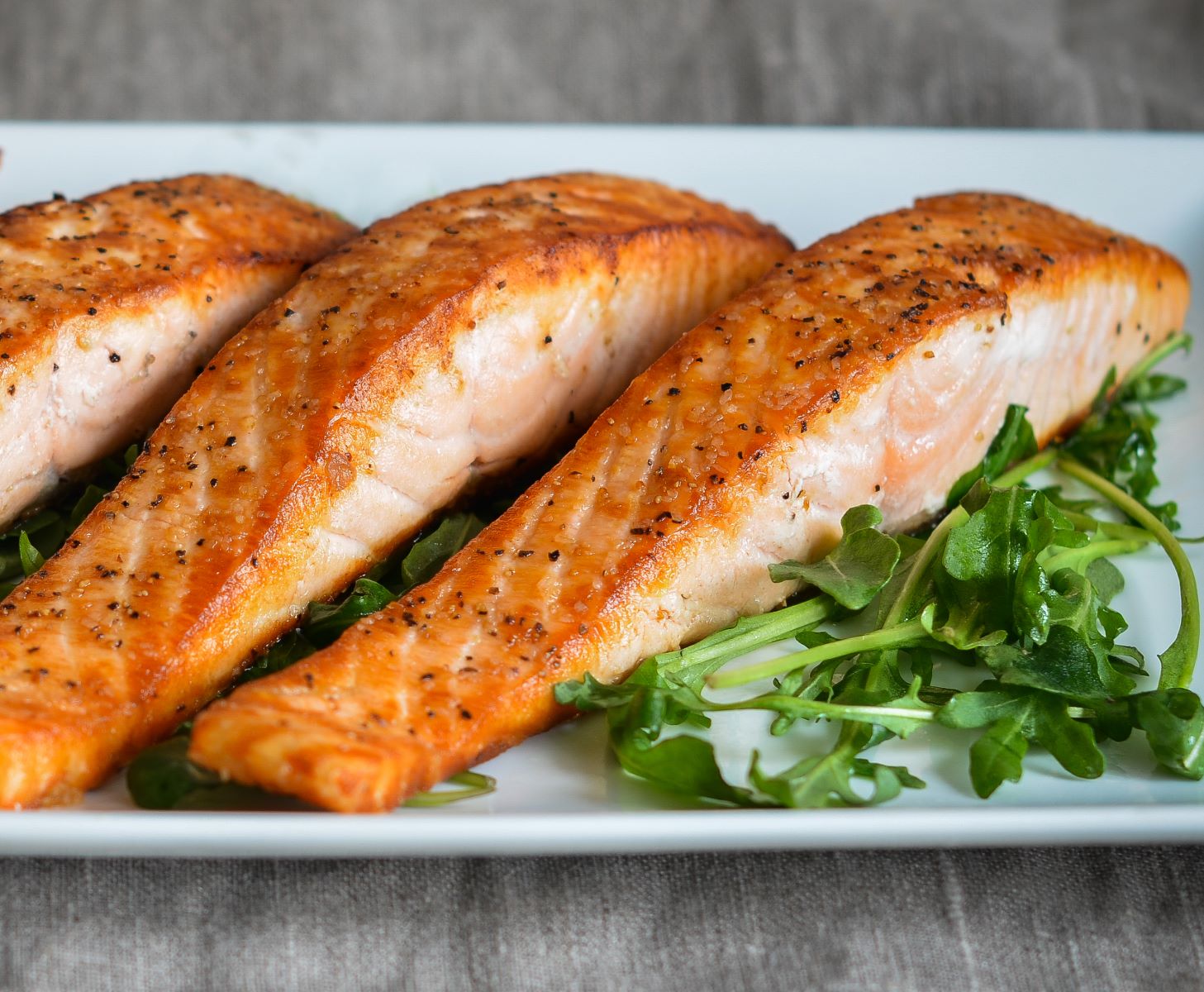

Articles
How To Store Salmon After Cooking
Modified: February 24, 2024
Learn the best methods to store salmon after cooking in this informative article. Discover how to keep your cooked salmon fresh and flavorful for longer.
(Many of the links in this article redirect to a specific reviewed product. Your purchase of these products through affiliate links helps to generate commission for Storables.com, at no extra cost. Learn more)
Introduction
Salmon is a delicious and nutritious fish that is enjoyed by many people around the world. Whether you’ve cooked up a fresh salmon fillet or prepared a mouthwatering salmon dish, it’s important to know how to store it properly to maintain its flavor, texture, and nutritional value.
Proper storage of cooked salmon is essential to prevent foodborne illnesses and ensure that the delicious fish remains safe to eat. In this article, we will explore the different methods and tips for storing cooked salmon, including refrigeration and freezing.
By following the guidelines presented here, you can confidently store your cooked salmon for later use without compromising its quality. So, let’s dive in and discover the best practices for storing this delectable fish!
Key Takeaways:
- Proper storage of cooked salmon is essential to maintain its flavor, texture, and nutritional value. Refrigerate within 3-4 days or freeze for longer-term storage to ensure freshness and safety.
- When reheating stored cooked salmon, use gentle heat and proper methods to prevent bacterial growth. Consume immediately after reheating to enjoy the best taste and texture.
Read more: How To Store Salmon
Why is proper storage important?
Proper storage of cooked salmon is crucial for several reasons. First and foremost, it helps to maintain the taste and texture of the fish. Salmon has a delicate and tender flesh, and improper storage can lead to it becoming dry, tough, or mushy.
Moreover, storing cooked salmon correctly helps to preserve its nutritional value. Salmon is rich in omega-3 fatty acids, which are essential for heart health and brain function. These beneficial fats can degrade over time if the fish is not stored properly, leading to a decrease in their nutritional benefits.
Another important reason to store cooked salmon correctly is to prevent the growth of bacteria that can cause food poisoning. Salmon is a perishable food item that can harbor harmful bacteria like Salmonella and Listeria if not stored at the proper temperature. Consuming contaminated salmon can lead to symptoms like nausea, vomiting, diarrhea, and abdominal pain.
By following proper storage techniques, you can reduce the risk of foodborne illnesses and ensure the safety of yourself and your loved ones.
General tips for storing cooked salmon
Before we delve into the specifics of refrigerating and freezing cooked salmon, let’s take a look at some general tips that apply to both methods:
- Allow the salmon to cool: Before storing cooked salmon, ensure that it has cooled down to room temperature. This helps to prevent condensation inside the storage container, which can lead to moisture buildup and the growth of bacteria.
- Use airtight containers: To maintain the quality and flavor of the cooked salmon, store it in airtight containers or wrap it tightly with plastic wrap. This helps to prevent exposure to air and moisture, which can cause the fish to spoil or develop an off-flavor.
- Label and date containers: To keep track of the storage time, label the containers with the date of storage. This will help you to identify how long the salmon has been stored and ensure that you consume it within a safe time frame.
- Store in the coldest part of the refrigerator: If you’re refrigerating cooked salmon, place it in the coldest part of the refrigerator, typically the bottom shelf or the back of the fridge. This ensures that the fish stays at a consistent and cool temperature.
- Do not store with strong-smelling foods: Salmon can easily absorb odors, so avoid storing it alongside strong-smelling foods like onions or garlic. This prevents the fish from taking on undesirable flavors.
- Consume within 3-4 days: For best quality and safety, consume refrigerated cooked salmon within 3-4 days. If you’re unable to eat it within that time frame, consider freezing it for longer-term storage.
Following these general tips will help ensure that your cooked salmon stays fresh and safe for consumption.
Refrigerating cooked salmon
Refrigeration is the most common and convenient method for storing cooked salmon for short periods. Here’s how you can refrigerate your cooked salmon:
- Cool the salmon: Let the cooked salmon cool down to room temperature before refrigerating it. This can be done by leaving it on the countertop for about an hour.
- Divide into portions: If you have a large piece of cooked salmon, consider dividing it into smaller portions. This allows you to take out only what you need without exposing the entire batch to air every time.
- Wrap or place in a container: Wrap the individual portions of cooked salmon tightly with plastic wrap or place them in airtight containers. Make sure there are no gaps or openings that can allow air or moisture to enter.
- Refrigerate promptly: Place the wrapped or containerized salmon in the coldest part of the refrigerator, such as the bottom shelf. Keeping it in a cooler area helps maintain a consistent temperature and prevents cross-contamination with other foods.
- Consume within 3-4 days: Refrigerated cooked salmon should be consumed within 3-4 days for optimal quality and safety. Beyond this timeframe, the fish may start to lose its freshness and texture.
Remember to always practice proper food safety measures while handling and storing refrigerated cooked salmon. If the salmon develops a strange odor, sliminess, or an off-color, discard it immediately.
Refrigeration is ideal for short-term storage, but if you need to store cooked salmon for longer periods, freezing is a better option.
After cooking, let the salmon cool to room temperature, then store it in an airtight container in the refrigerator for up to 3 days. Alternatively, you can freeze it for up to 2 months for later use.
Freezing cooked salmon
Freezing cooked salmon is a great option if you want to extend its shelf life beyond a few days. Here’s how you can freeze cooked salmon:
- Cool the salmon: Allow the cooked salmon to cool completely before freezing. This ensures that it retains its quality during the freezing process.
- Wrap tightly: Wrap each individual portion of cooked salmon tightly in plastic wrap. Alternatively, you can use aluminum foil or place the portions in airtight freezer bags. Make sure there are no air pockets or gaps to prevent freezer burn.
- Label and date: Label the wrapped portions with the date of freezing. This helps you keep track of how long the salmon has been stored and ensures that you use it within a reasonable time frame.
- Place in freezer-safe containers: If you prefer to use containers instead of wrapping, ensure they are freezer-safe. Glass or plastic containers with tight-fitting lids work well for freezing cooked salmon.
- Store in the coldest part of the freezer: Put the wrapped or containerized salmon in the coldest part of your freezer, such as the back or bottom shelf. Maintaining a consistent temperature is crucial for preserving the quality and taste of the fish.
- Consume within 2-3 months: Frozen cooked salmon can be safely stored for 2-3 months. Although it may remain safe to eat beyond that timeframe, the quality may start to deteriorate.
When you’re ready to use the frozen cooked salmon, thaw it in the refrigerator overnight. Avoid thawing at room temperature as it can lead to bacterial growth. Once thawed, consume the salmon within 24 hours and do not refreeze it.
By following these steps, you can conveniently store your cooked salmon in the freezer for future use, ensuring you always have a delicious and nutritious meal on hand.
Read more: How To Store Cooked Salmon
Reheating stored cooked salmon safely
When it comes to reheating stored cooked salmon, it’s important to do so safely to prevent the growth of harmful bacteria. Here are some guidelines for reheating cooked salmon:
- Thaw properly: If you’re reheating frozen cooked salmon, thaw it in the refrigerator overnight or use the defrost function of your microwave. Avoid thawing at room temperature to minimize the risk of bacterial growth.
- Use gentle heat: When reheating cooked salmon, use low to medium heat to prevent it from becoming overcooked or dry. Gentle heat helps retain its moisture and flavor.
- Reheat in the oven: Preheat your oven to around 275°F (135°C). Place the wrapped salmon in an oven-safe dish and cover it loosely with foil. Heat for approximately 10-15 minutes or until the salmon is heated through.
- Reheat on the stovetop: Place the wrapped salmon in a non-stick skillet or frying pan. Heat over low to medium heat, flipping the salmon occasionally, until it is warmed throughout. This method is quicker than the oven, usually taking around 5-7 minutes.
- Reheat in the microwave: Place the unwrapped salmon on a microwave-safe dish and cover with a microwave-safe lid or microwave-safe plastic wrap, leaving a small vent for steam to escape. Heat on medium power in short intervals, checking and stirring the salmon every 30 seconds until it is heated through.
- Check the internal temperature: Use a food thermometer to ensure that the reheated salmon reaches an internal temperature of 145°F (63°C). This step is crucial for food safety, as it ensures any potential bacteria are killed.
- Enjoy immediately: Once reheated, consume the cooked salmon immediately for the best taste and texture. Avoid leaving reheated salmon at room temperature for an extended period.
It’s worth noting that repeatedly reheating cooked salmon can result in a loss of quality and texture. Therefore, only reheat the amount you need for a single serving to minimize waste.
By following these proper reheating methods, you can safely enjoy the delicious flavors of your stored cooked salmon without compromising its quality.
Frequently asked questions
Here are some commonly asked questions about storing cooked salmon:
- Can I store cooked salmon at room temperature?
No, it is not safe to store cooked salmon at room temperature for an extended period. Bacteria can multiply quickly at temperatures between 40°F (4°C) and 140°F (60°C), increasing the risk of foodborne illnesses. Always refrigerate or freeze cooked salmon promptly. - Can I freeze salmon that has been previously refrigerated?
Yes, you can freeze salmon that has been previously refrigerated, as long as it was stored properly and remains within the safe consumption timeframe. However, keep in mind that frequent freezing and thawing can affect the texture and taste of the salmon. - How long can I keep cooked salmon in the refrigerator?
Cooked salmon can be safely stored in the refrigerator for 3-4 days. It’s important to consume it within this timeframe to ensure its quality and safety. If you need to store it for longer, consider freezing it. - Can I refreeze cooked salmon that has been previously frozen?
It is generally not recommended to refreeze cooked salmon that has been previously frozen. The repeated thawing and refreezing can lead to a loss of quality and increase the risk of foodborne illnesses. It’s best to thaw and consume the frozen cooked salmon within a reasonable timeframe. - Can I store cooked salmon leftovers with the skin on?
Yes, you can store cooked salmon leftovers with the skin on. The skin helps protect the flesh from drying out and can be easily removed before consuming. Just make sure to wrap the salmon tightly in plastic wrap or place it in an airtight container to prevent air exposure. - How can I tell if cooked salmon has gone bad?
If the cooked salmon develops a sour or off odor, has a slimy texture, or appears discolored, it may have gone bad and should be discarded. Trust your senses and prioritize food safety.
Remember, storing cooked salmon properly and practicing food safety measures are key to preserving its quality and ensuring your health. If you have any doubts about the freshness or safety of the salmon, it’s best to err on the side of caution and discard it.
Frequently Asked Questions about How To Store Salmon After Cooking
Was this page helpful?
At Storables.com, we guarantee accurate and reliable information. Our content, validated by Expert Board Contributors, is crafted following stringent Editorial Policies. We're committed to providing you with well-researched, expert-backed insights for all your informational needs.
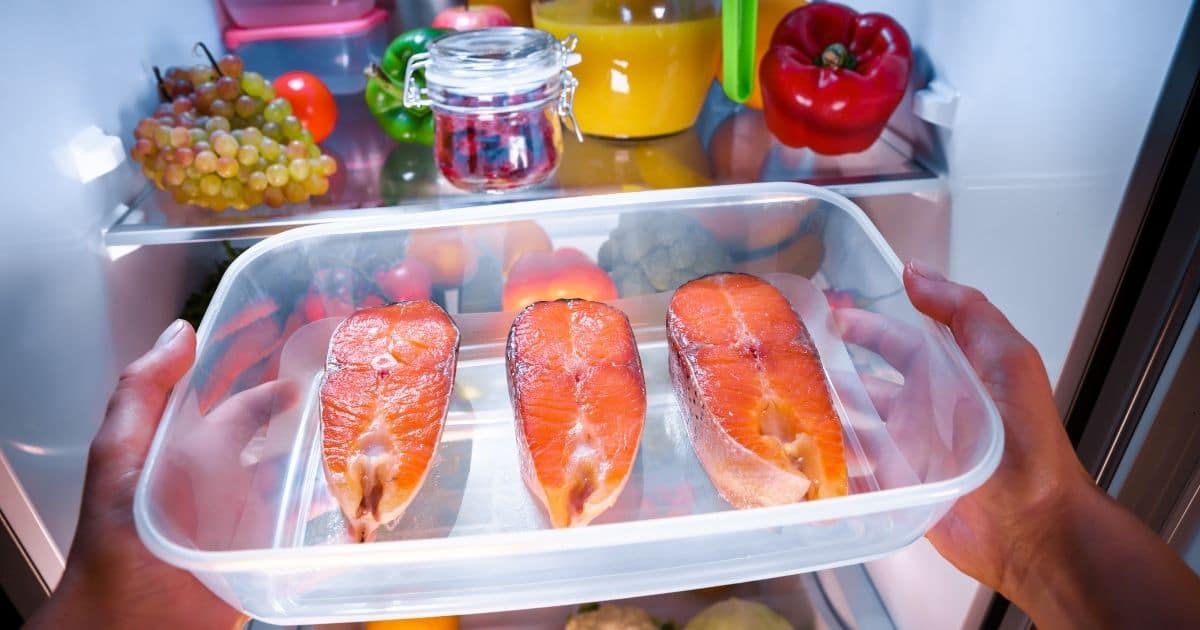
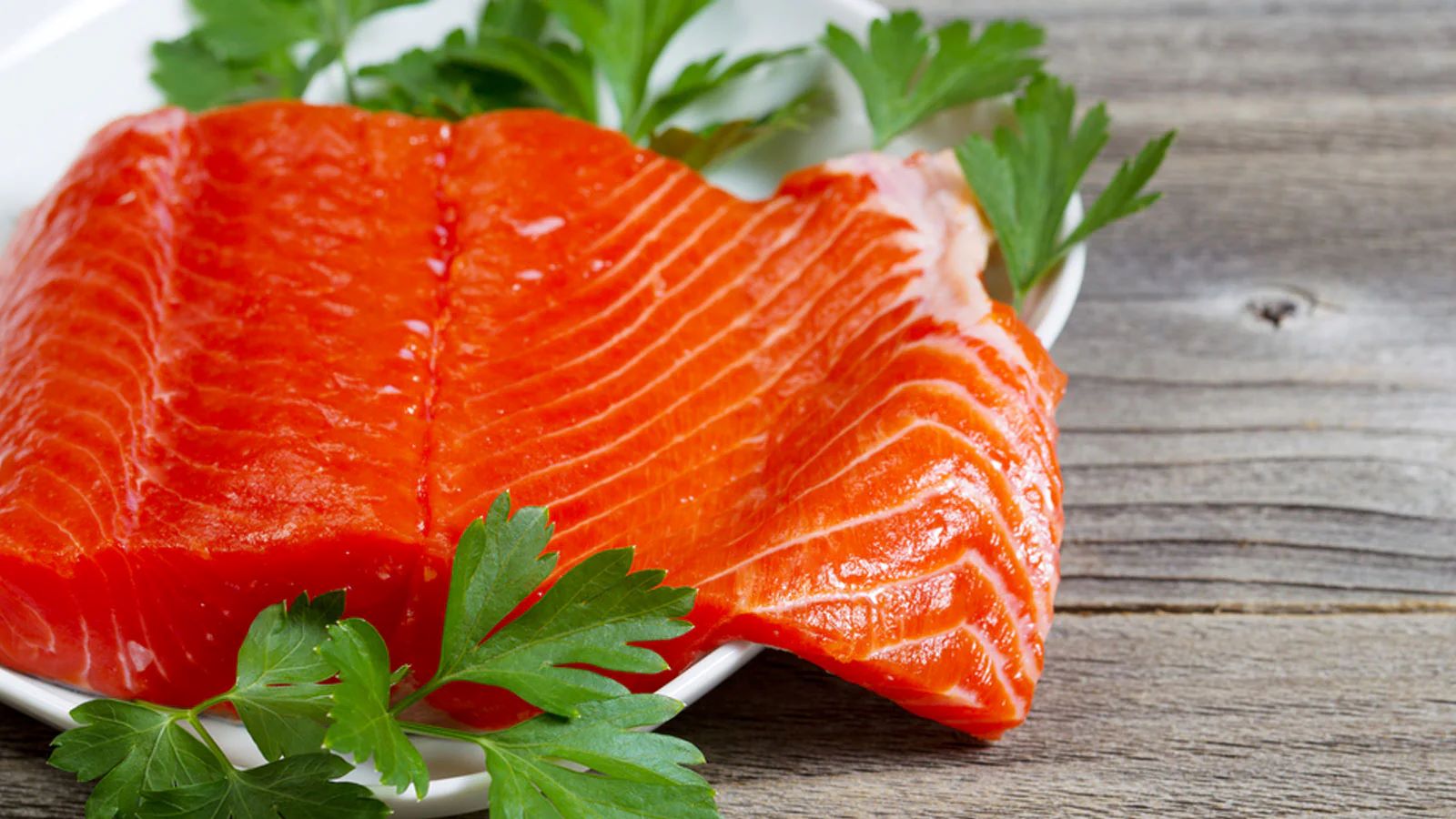

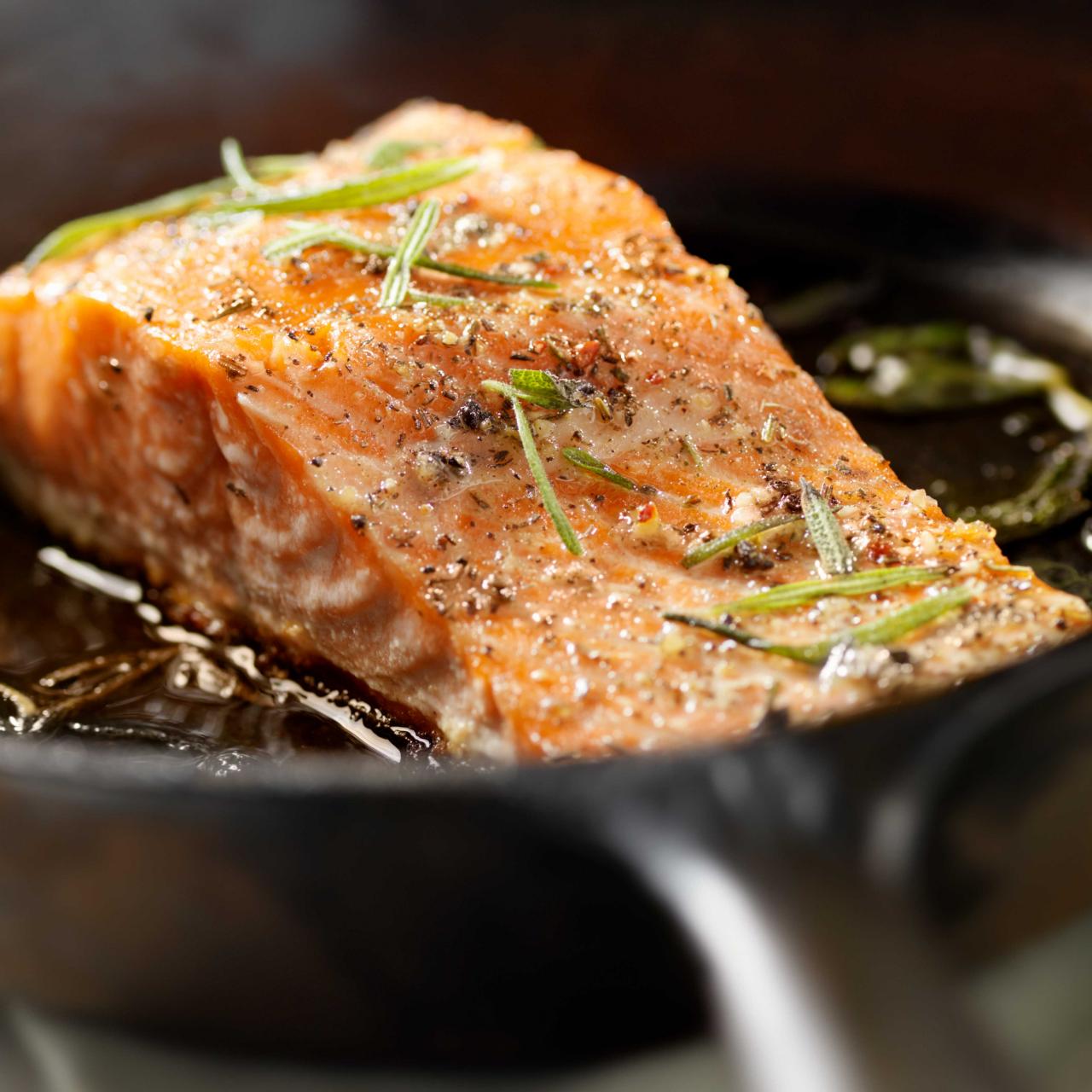
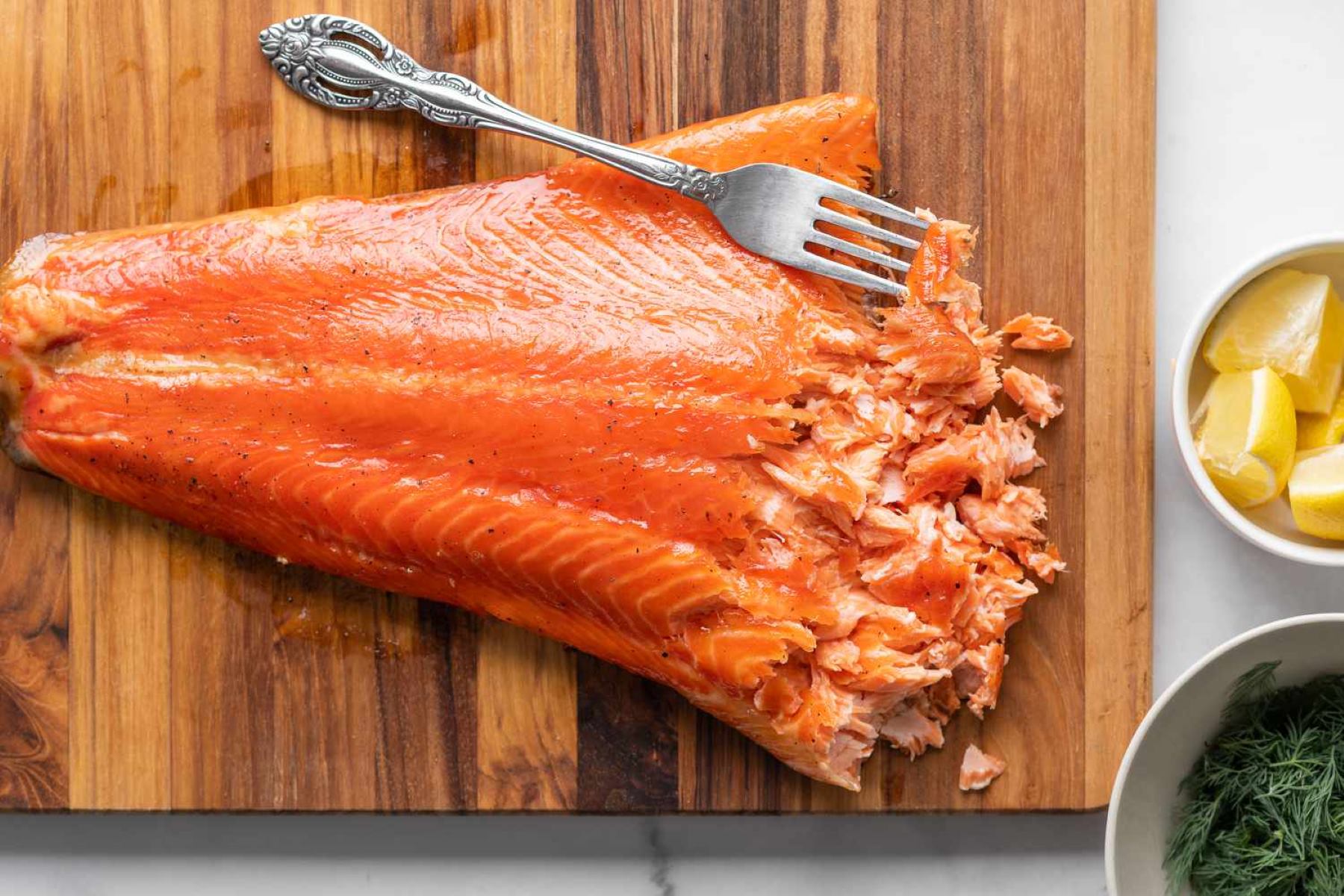
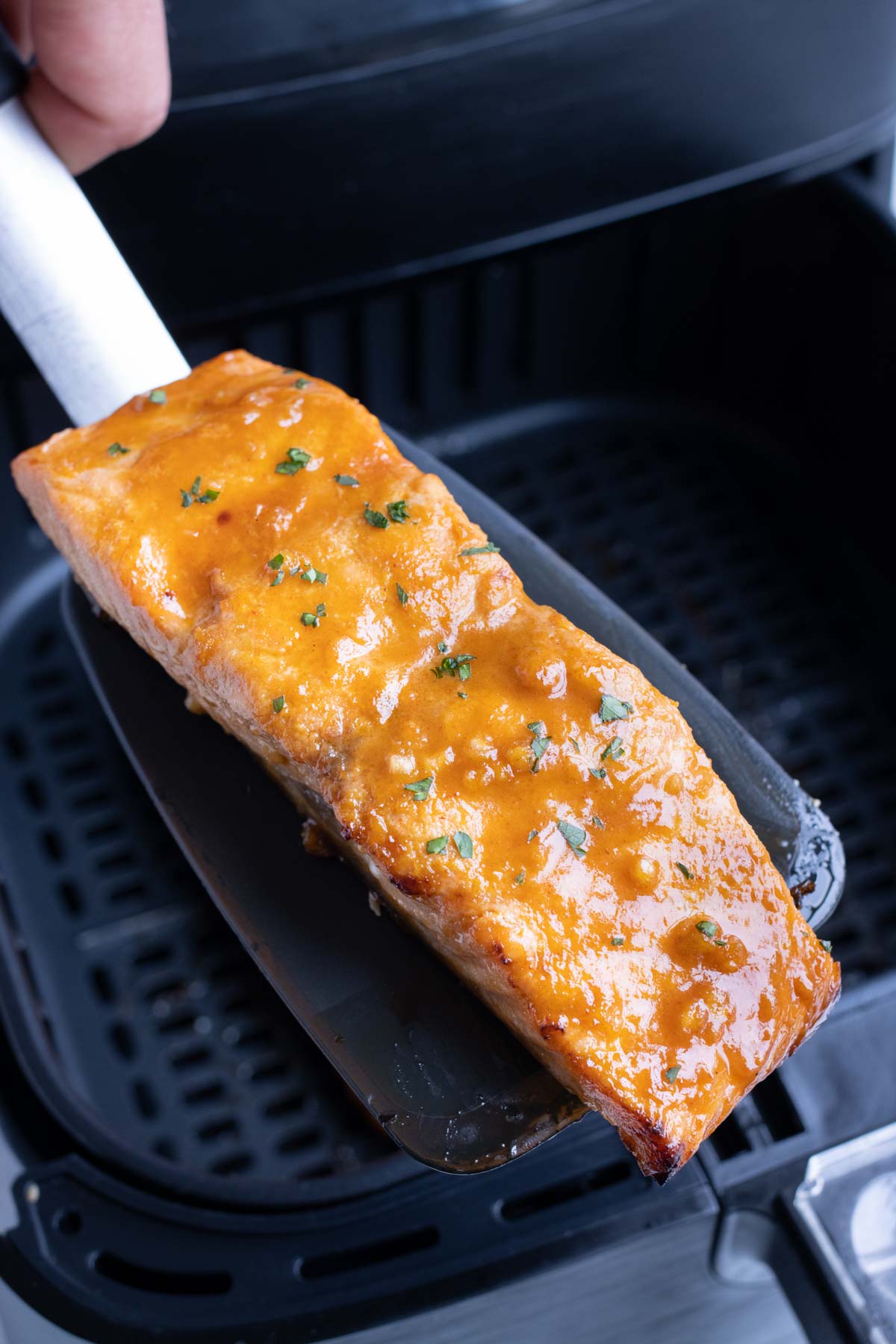
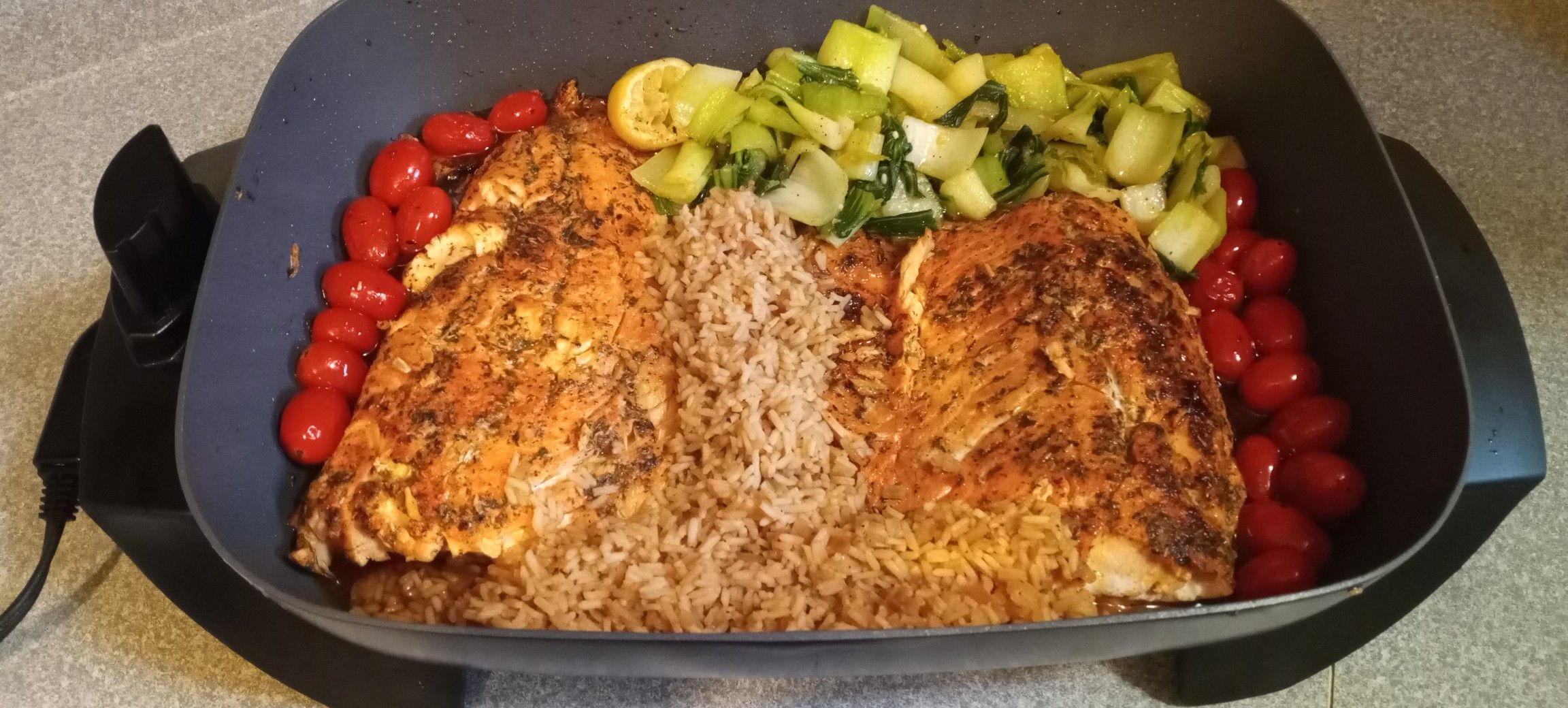
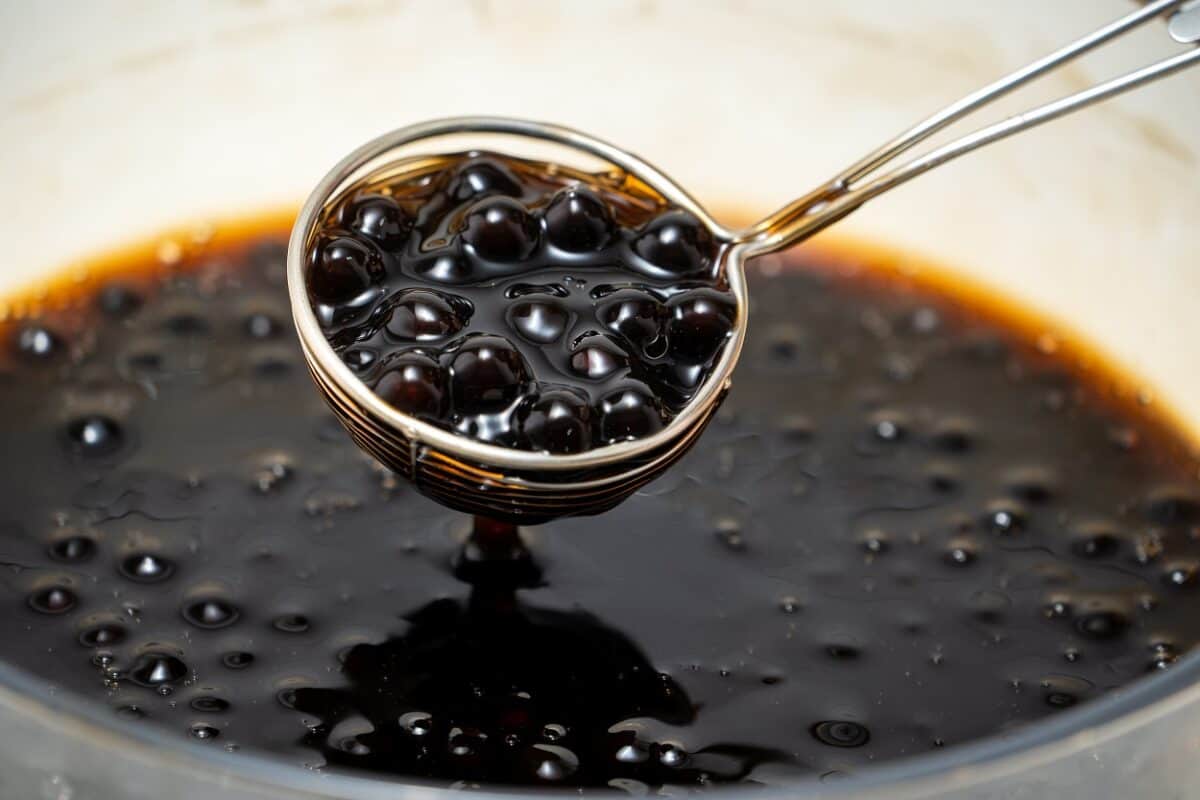
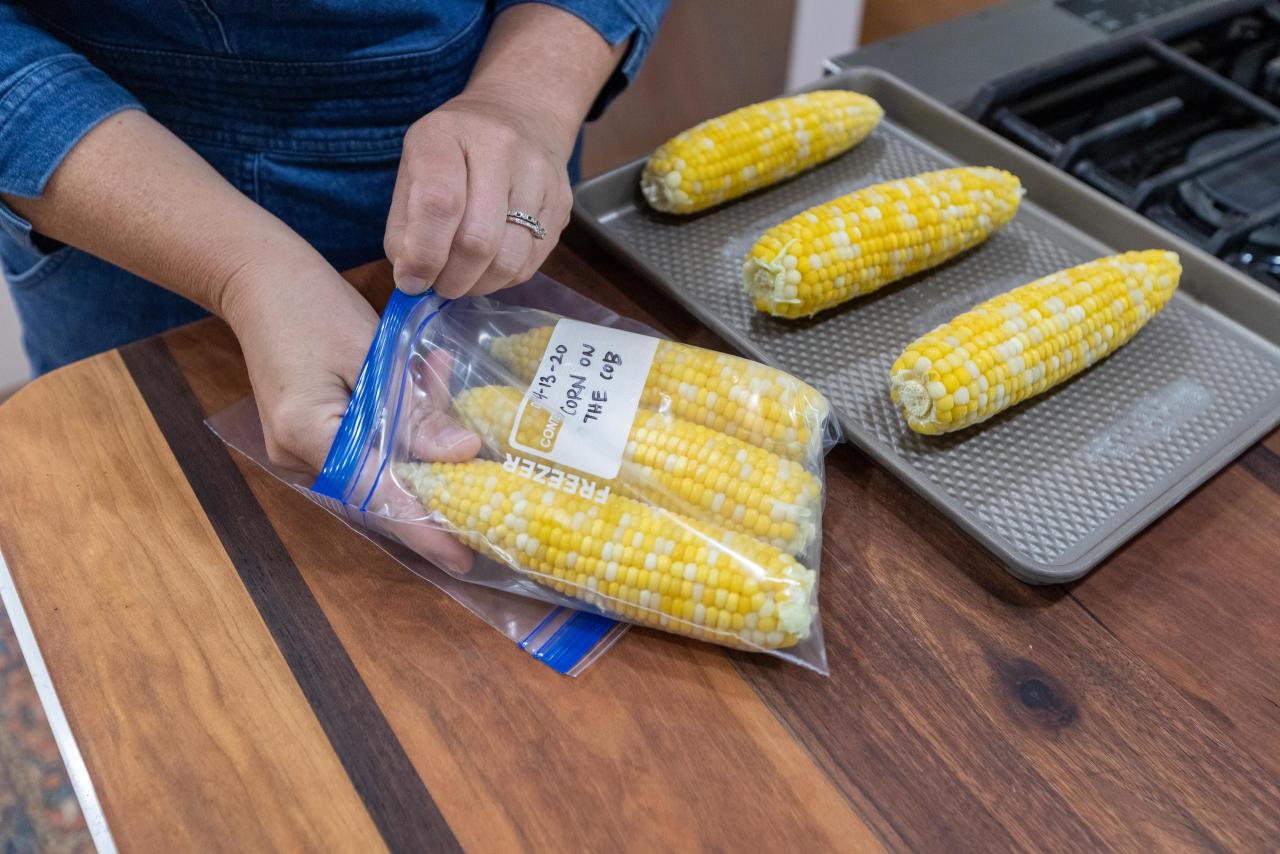
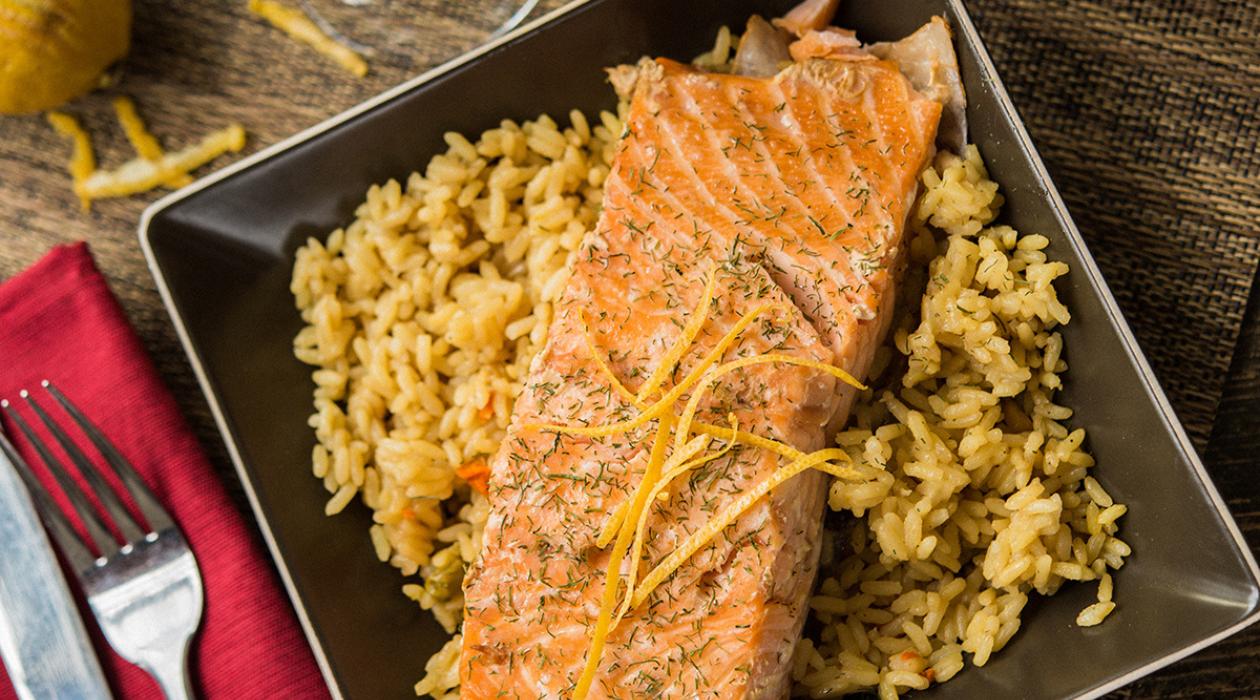
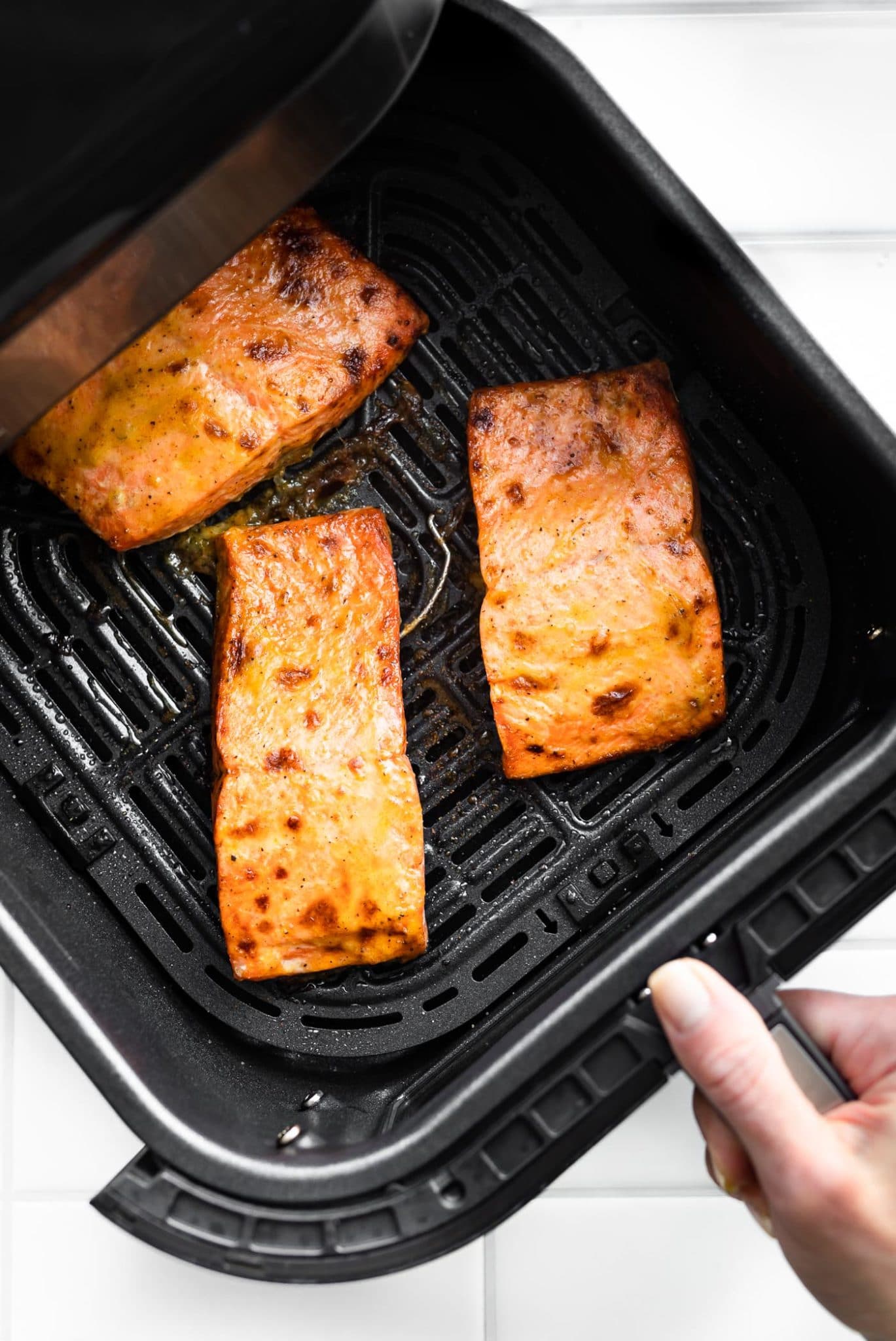
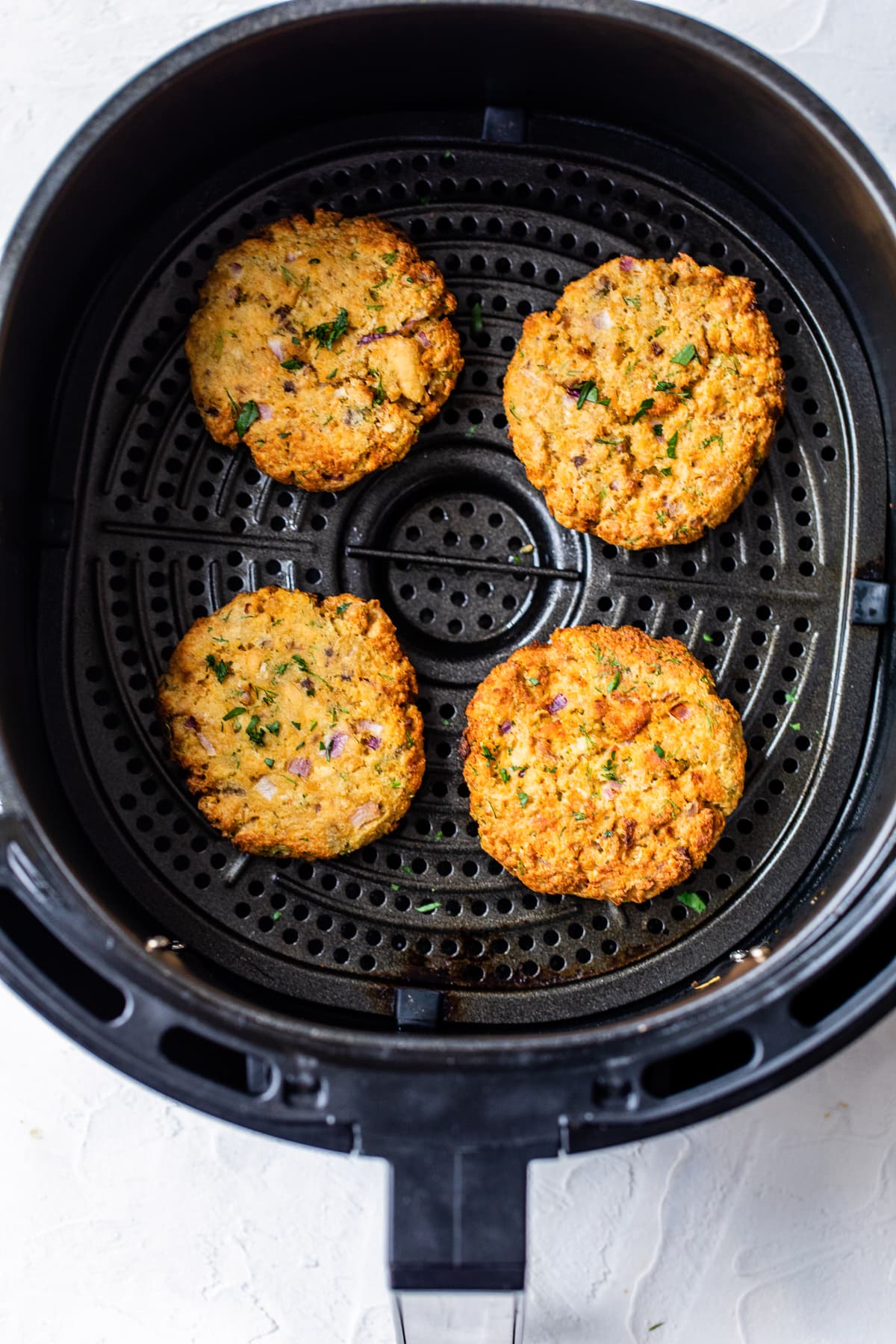
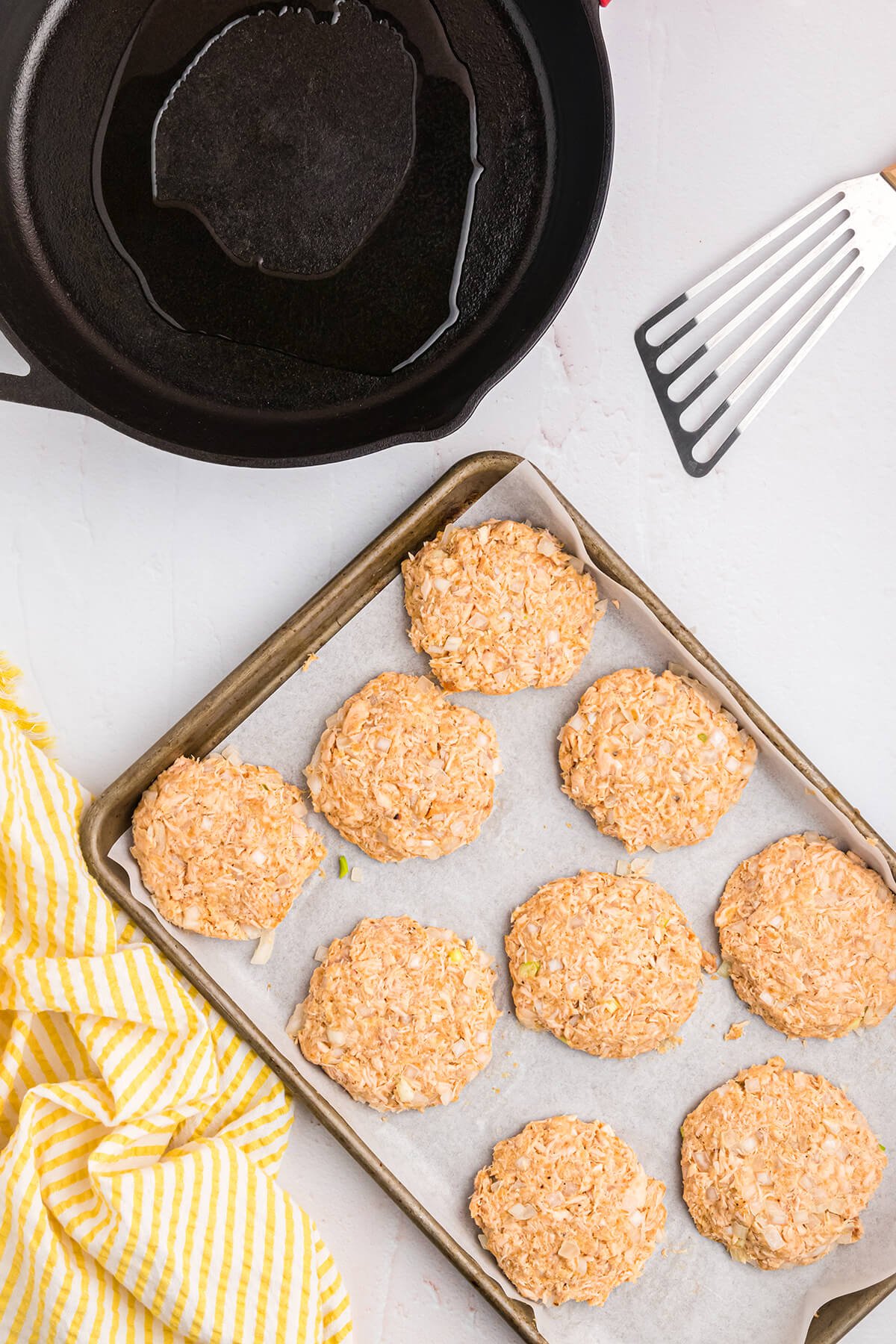
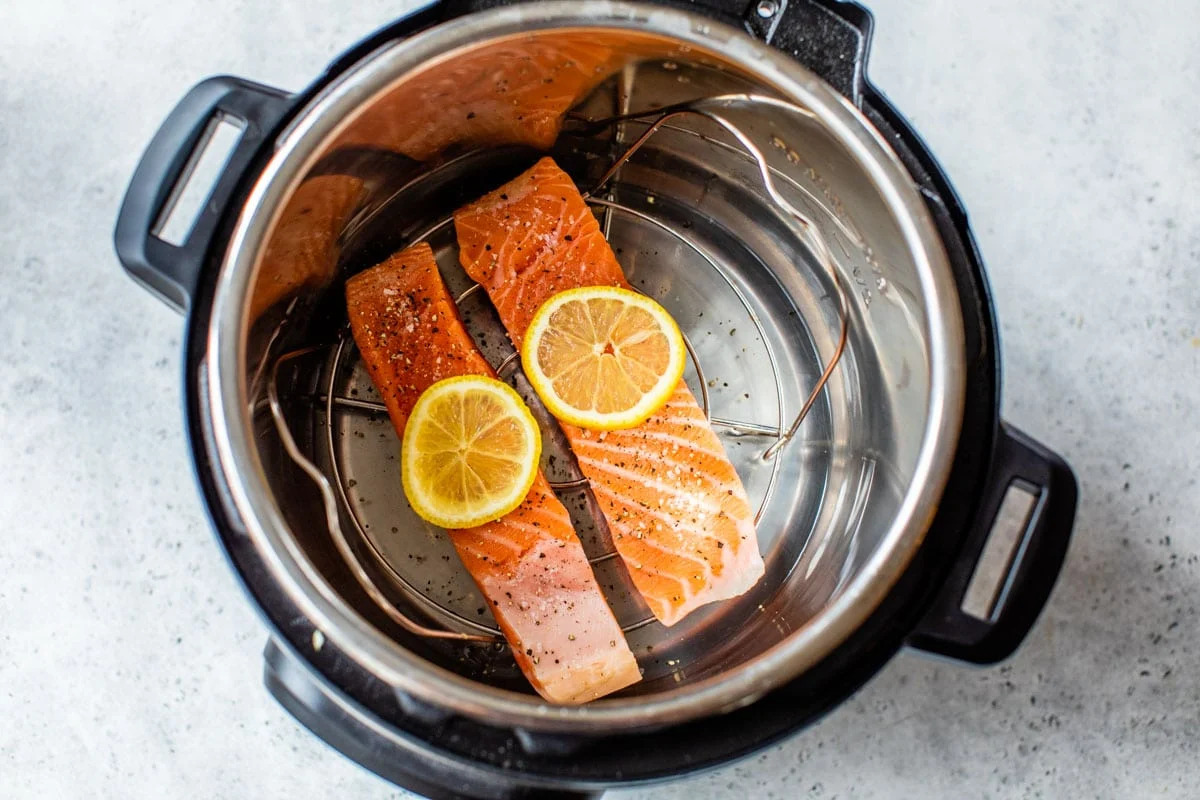

0 thoughts on “How To Store Salmon After Cooking”